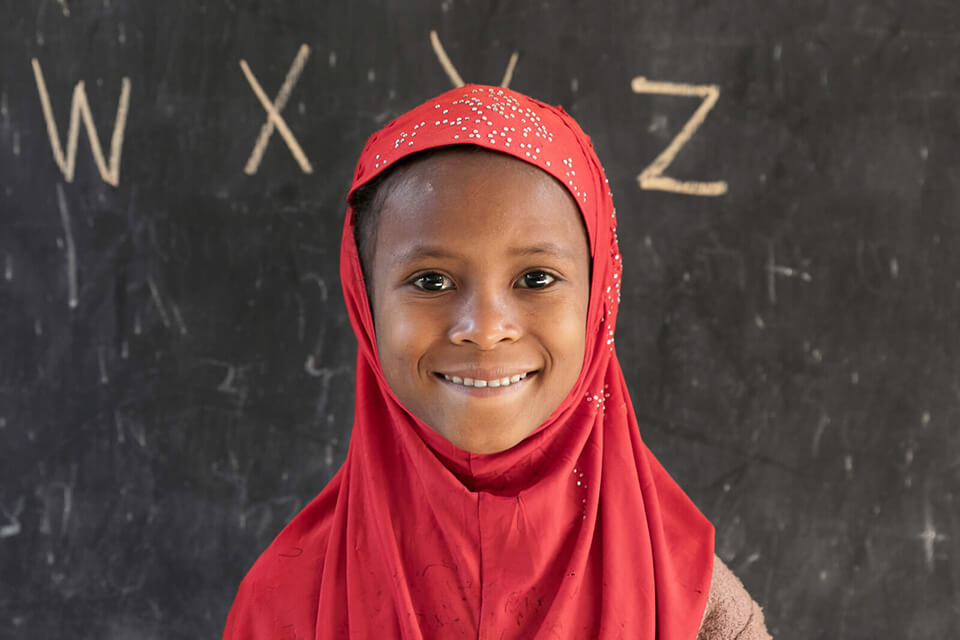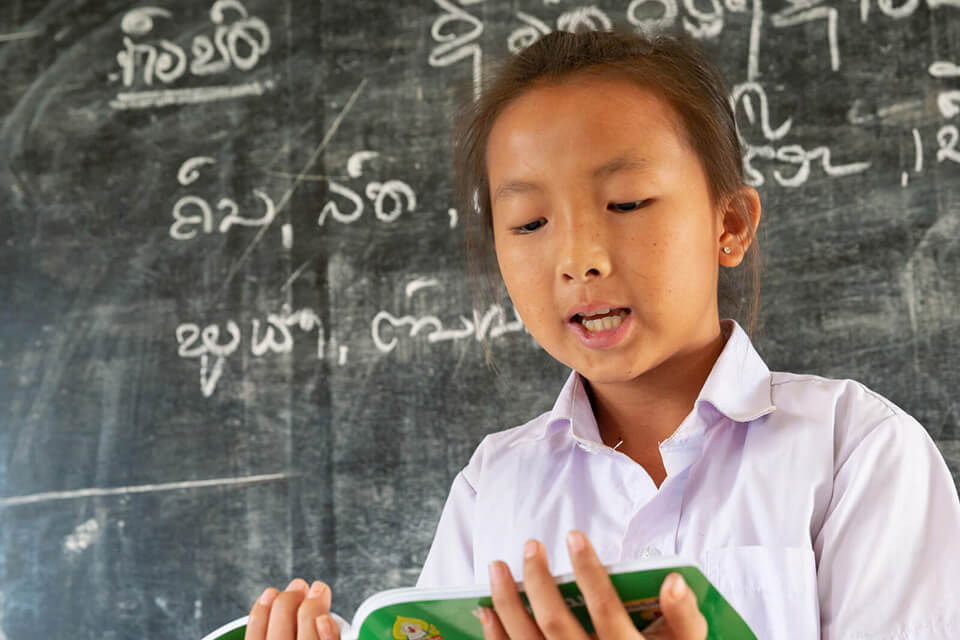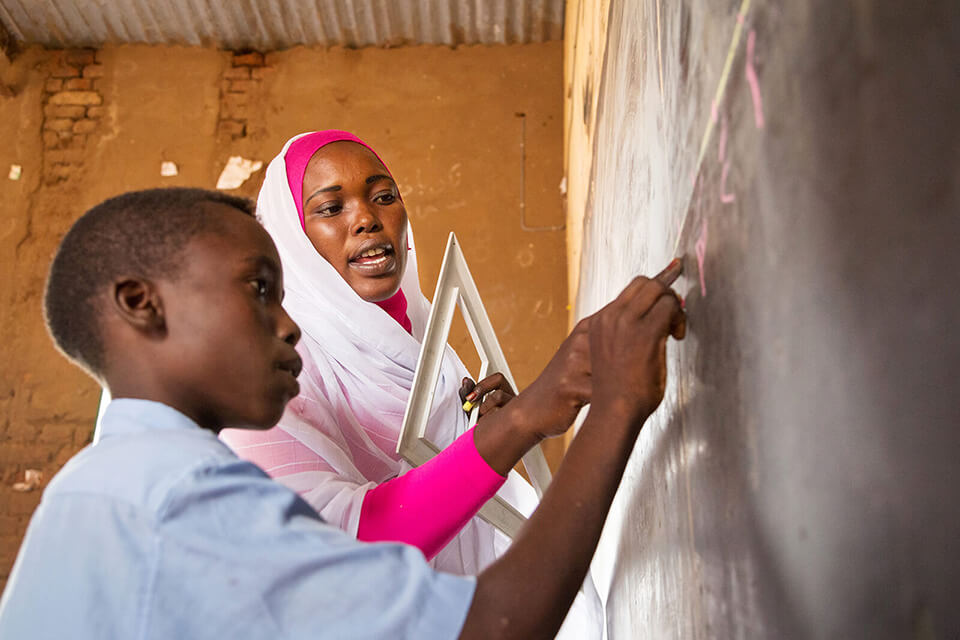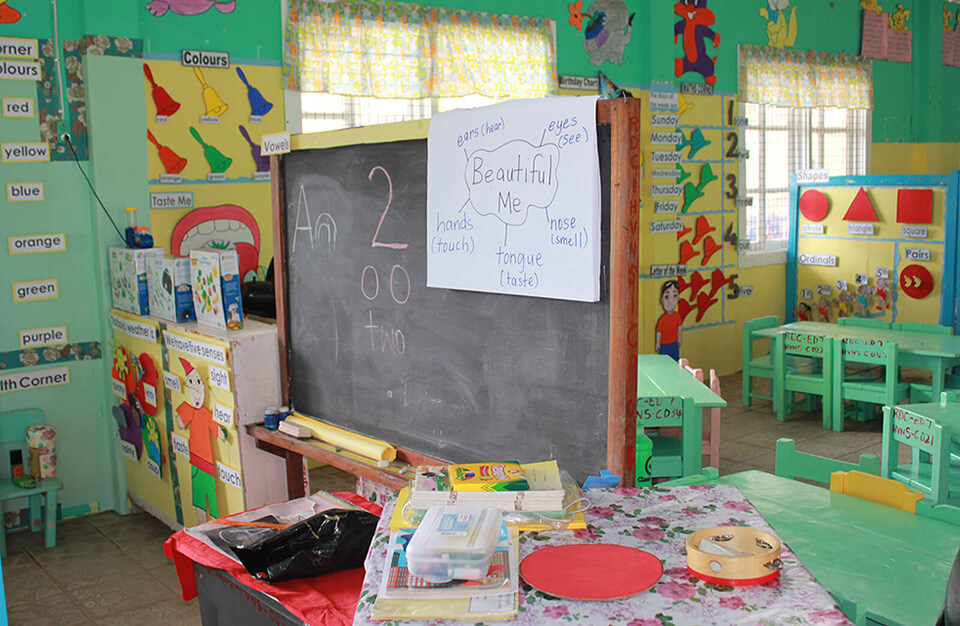Results Report 2020
The Results Report 2020 demonstrates the progress the partnership has made in educating the world’s most vulnerable children and provides the foundation for evaluating its work and charting a path forward.
GPE’s Results Report 2020 demonstrates the progress the partnership has made in educating the world’s most vulnerable children. It provides the foundation for charting a path forward, even as the world reels from the devastating pandemic of COVID-19. The positive news is that that in partner countries, more girls and boys are getting an education, more qualified teachers are delivering learning, and more schools have adequate textbooks and classrooms.
Despite these advances, we must accelerate the pace of progress to bring SDG 4 within reach. Even before the COVID-19 pandemic, too many children were still out of school, and too many students were not learning what they need to thrive in the 21st century. Girls are still disadvantaged, and progress to close gender gaps, especially in fragile and conflict-affected countries, is too slow. The following are highlights based on data available in 2019.
More children attend and complete school in partner countries
Despite good progress, challenges remain in partner countries
Challenge
GPE responds
Challenge
Progress on gender equality is too slow and girls still face greater challenges than boys in accessing and completing their education, especially beyond primary.
- Only 41% of girls completed lower secondary school in conflict and fragile contexts
GPE responds
- As of June 2019, GPE had allocated more than US$379 million to activities specifically promoting equity, gender equality and inclusion.
- GPE supported 28 partner countries to engage in gender-responsive education sector planning workshops.
Challenge
The availability of key data to drive evidence-based policies is lagging, leaving partner countries without the compass they need to make meaningful reforms:
- Less than 1/3 of partner countries reported at least 10 out of 12 key indicators to the UIS in 2019
GPE responds
- In 2018 and 2019, GPE convened the Education Data Solutions Roundtable to improve the availability and use of accurate and timely data for education planning. In response to the bottlenecks identified by partner countries, the roundtable’s recommendations for sustainable solutions and capacity-building strategies are now being piloted.
Challenge
There are too few trained teachers to provide adequate learning to all students:
- 1 in 3 partner countries had on average 1 trained teacher for 40 students or less, up from 25% in 2015. In countries affected by fragility and conflict, each trained teacher has an average of 68 students.
GPE responds
- GPE invests heavily in teacher training (more than US$200 million in 2019 for teacher development and management) and advocates for teacher organizations to be included in local education groups to ensure their voices are heard during planning and implementation.
Challenge
Programs are not sufficiently aligned to governments systems, leading to inefficiencies:
- Only 36% of grants were aligned with partner countries’ systems.
GPE responds
- Since 2017, the partnership has been implementing an alignment roadmap in relevant partner countries.
- GPE Multiplier grants are expected to improve alignment behind countries’ priorities and systems.





